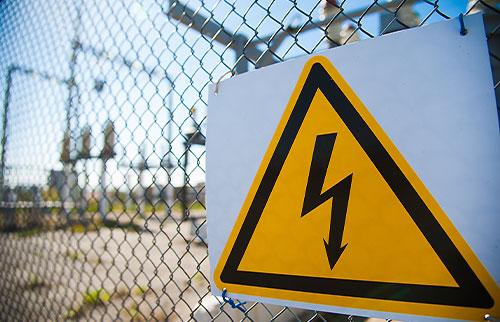Buy and assign to
multiple learners
Instant access
via email link
Instant certificate
via email
Further Information - Hazardous Energy Training
Description
Who is the course for?
This Hazardous Energy Training course is aimed at individuals in the UK oil and gas industry who work with or near electrical or mechanical equipment.
Is previous experience required?
You do not need prior knowledge or experience to complete this course.
How will the course benefit me?
All equipment and machinery on oil and gas installations need energy for power but this energy can pose a hazard to workers if it is unexpectedly released. This course will give you an understanding of how energy sources can be hazardous and the various pieces of legislation in place to help protect workers from energy.
The knowledge gained in this course will help you to stay safe in your day-to-day activities working with equipment and machinery. It will also indicate the actions that you can take to help protect yourself and others from hazardous energy.
How will the course benefit my company?
By ensuring you are fully aware of the dangers of energy sources, you contribute to the safety of the asset, your fellow workers and yourself. A reduction in incidents means a safer working environment for everyone. You will also be able to help ensure your company operates in compliance with the various pieces of energy-related health and safety legislation.
What standards are referenced in the course?
This course is based upon the following pieces of UK legislation:
• The Health and Safety at Work etc. Act 1974
• The Management of Health and Safety at Work Regulations 1999
• The Provision and Use of Work Equipment Regulations 1998 (PUWER)
• The PPE Regulations 1992
• The Lifting Operations and Lifting Equipment Regulations 1998 (LOLER)
It also references the following British Standards:
• BS EN ISO 4413:2010 Hydraulic Fluid Power
• BS EN ISO 4414:2010 Pneumatic Fluid Power
Is there an assessment?
Once you have completed the course, you will be asked a series of questions to check your knowledge and understanding. These are based on the learning objectives for the course and have a pass mark of 80%.
Learning Objectives
• Describe how and when energy sources can be hazardous to workers
• Describe the Health and Safety at Work etc Act 1974
• Identify the responsibilities of Employers, Employees and Suppliers according to the Health and Safety at Work etc Act 1974
• Describe the penalties for non-compliance with the Act
• Explain what the Approved Codes of Practice are and identify their relevance
• Describe the responsibilities an employer has according to the Management of Health and Safety at Work Regulations 1999
• Describe the Provision and Use of Work Equipment Regulations 1998 (PUWER)
• Describe the basic HSE requirements with respect to energy sources
• Identify the elements of a safe system of work
• Describe what management control procedures are
• Describe what an authorised person is and identify their responsibilities
• Provide an overview of the PPE Regulations 1992
• Identify the various types of hazardous energy
• Describe the types of isolations that can be used to prevent the release of hazardous energy
• Describe how to carry out an isolation procedure
Assessment
End of course assessment with an 80% pass mark.
System Requirements
• Internet access - users will need a device with a web browser and internet connection
• System - runs on computers, tablets and mobile devices using Windows 7 and above and MAC OS devices running IOS 11 and above
• Browsers - Edge, Chrome, Firefox and Safari
• Minimum browser size - none
• Audio - requires device speaker or headphones
Recommended Courses
Reviews
Insights & News
At Mintra, we're so much more than just a team—we're a force driving innovation and excellence in maritime training across Europe.
We’re excited to be taking the stage at one of Europe’s leading showcases of organisational learning.
We are delighted to share the exciting news that our People and Culture team has been shortlisted for the prestigious cHeRries Awards!

